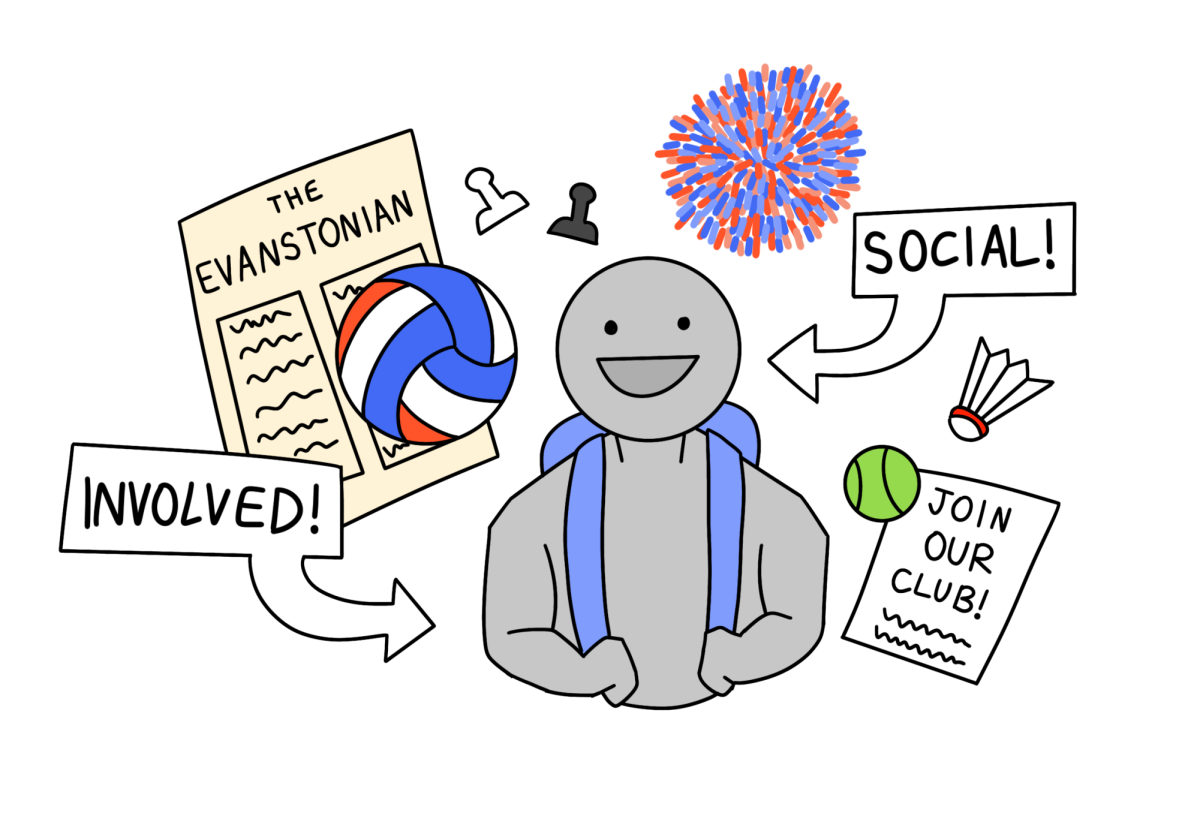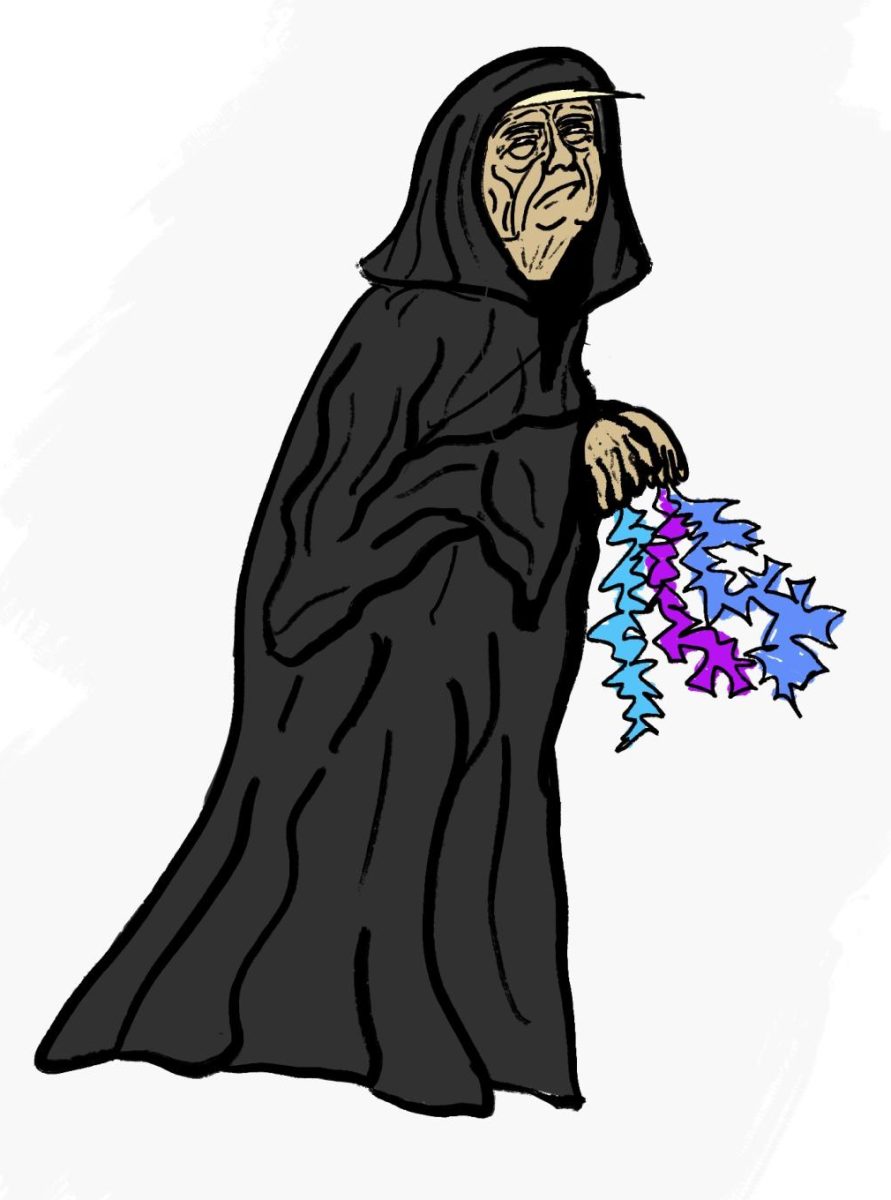What do you think of when you hear about the South Side of Chicago? It’s so much more than what the media makes it out to be. The South Side of Chicago is a place of resilience, trauma, influential culture and most of all, hope.
Since the early twentieth century, White immigrants flooded into Chicago seeking safety and new economic opportunities. Groups such as the Irish, Germans and Polish settled in various parts of Chicago, but they were not the only people fleeing their homes. According to the Chicago Encyclopedia, more than 500,000 Black people flooded into Chicago from the Jim Crow South in an attempt to escape the uprising of the Ku Klux Klan, sharecropping, and essentially, domestic terrorism. A big part of these Black folk were veterans who had just come out of fighting in World War I. They went into war with the promise that if they came back, they would have equal pay and secured rights. Unfortunately, the Black men who bravely served our country, a country that wanted them slain anyway, received exactly the opposite. Blacks were pushed into a strip near Lake Michigan called the black belt. Racial tension between Black people and (mostly poor) European Whites brewed very quickly and for multiple reasons. The obvious one is the hateful and racist beliefs embedded and enforced in this country. They did not want to live around Black people because they feared that they would bring down the property value of their homes and neighborhoods with their “corruption and violence.” Another one is the fact that there was major competition for jobs, which is bad for people poor and rich.
In 1919, a brutal heat wave spread across Illinois. Many went to Lake Michigan to cool off, right around where Black residents resided. From The Chicago Race Riot of 1919 Commemoration Project, a child, aged 17, named Eugene Williams fell asleep on a raft and drafted over an invisible line separating the White side of the beach from the Black side. Segregation was not a legal thing in Chicago at this point, so the line did not exist. A 24-year-old White man named George Stauber began to throw rocks at the child. Since many Black people were not allowed in pools, Williams was not able to swim very well. An officer on duty by the name of Daniel Callahan actively prevented both White and Black professional swimmers from going out to save him. He also refused to take Callahan into custody after witnessing the murder of a child.
This ignited racial riots and protests in Chicago. Hundreds of Black people were targeted and killed, and thousands were injured. A document from the Office of the Illinois Secretary of State describes a look into what exactly happened during these agonizing times. From the Coroner of Cook County in 1919, “The slaying of Joseph Lovings, colored, was an atrocious, savage crime. He, a defenseless man, caught like a rat in a trap, by a surrounded mob, was dragged from his place of concealment and refuge, beaten, skull fractured, and shot fourteen times, – left lying a bruised and broken semblance of a man on the grass plot in front of a city home in the heart of the west side.”
White people called for further segregation from Black people, past the black belt. This was the beginning of “redlining” in Chicago, “a form of discrimination when a lender rejects a home loan in a certain neighborhood based on race or ethnicity”. As previously stated, White people did not want to be around Black people in fear of their property value going down. In the 1930s, the Federal Housing Administration issued the Underwriting Manual. It was used to help lenders assess property value based on demographics and location. It also helped lenders dictate how much money could be loaned to a loaner. One-third of Chicago’s neighborhoods were marked red on a map (redlined) by the Chicago banks. Redlined neighborhoods were predominately Black and therefore deemed undesirable. The logic in redlining the neighborhoods was the same as the racist beliefs of White homeowners: “your property value will go down if Black people live here.” Residents from these redlined neighborhoods were often denied loans because banks assumed they would not be able to pay them off. As a result, people had less access to well-paying jobs and therefore could not move out of their “undesirable” neighborhoods. This kept them in economic hardship.
Additionally, Black people were deceived and robbed by a method called “contract selling.” The practice of contract selling looked like a buyer putting down a large down payment for a home and making monthly payments at extreme interest rates. The buyer would not gain titleship until the contract was paid in full. More often than not, even if a buyer paid the house in full, they would not receive the titleship of their houses. Many Black people would get evicted if they missed just one payment. These houses would go to another Black buyer, and the cycle would repeat. A study named The Plunder of Black Wealth in Chicago focused specifically on how much money was stolen from Black Chicagoans with this method.
- The price markup on homes was about 84 percent. Homes purchased by a speculator at 12,000 would be sold just days later to a Black buyer for 22,000.
- Black people on contract paid 587 dollars (current price) more each month than they would have if they had a conventional mortgage.
- 75-95 percent of Black buyers during the 1950s and 60s were sold homes with contract selling.
- From the 1950s and ’60s alone, 3.2-4 billion dollars were stolen away from Black homes from contract selling.
Unfortunately, this data is not complete. Researchers could not tell how many people were evicted or collect Black vs White insurance/mortgage data because courts did not preserve this information. This suggests that much more money was stolen from Black Chicagoans before and after this period.
The devastating results of segregation still live with us today. From sixth to seventh grade, I lived in Roseland, which is an impoverished neighborhood in the South Side of Chicago. It is a clear example of the long-lasting effects of segregation, having historically been underserved by the same Chicago government that enabled racist housing policies. The nearest grocery store was Food for Less, and you’d have to take a train and a bus to get there if you didn’t have a car. The food stores around us could hardly be called grocery stores. They mostly had low-quality freezer burnt meat and fish that were sometimes a bit expired, or they were filled to the brim with snacks. My mom always says that if someone were to get shot and sent to the Roseland Community Hospital, they were better off being left on the street. They didn’t have the resources to keep people alive.
She once had pneumonia and was struggling to breathe, so she went to the hospital. She was in the waiting room for four to five hours with no assistance. At some point, an old lady turned over to her and gave my mother her oxygen mask. The best nearby hospital is St. Bernard’s on 63rd Street, which is an almost 20-minute drive from Roseland. If you have some time, UIC is where you’d have the most luck, but it’s a 30-minute drive from Roseland. This is how poorly funded Roseland is. If you were starving and needed actual food, you had to commute out of your town. If you were dying and needed medical assistance immediately, you’d better just create your will while you could still move. This is the reality of Chicago.
If we want to create unity and equity in this country, we must take the time to learn its unbiased history. This article is about Black folk in the South Side of Chicago, but it touches on issues that deeply affect the lives of many in America. This country has contributed to genocide inside and outside of it’s boundaries. It will continue to tyrannize people if we do not take the time to sit down and listen. Black and Brown people will continue to die in the streets, in the jail cells and at the hands of police. The reservations of Native people will continue to shrink and be contaminated. Asian people will continue to fear for their lives when they engage in their cultural practices. This isn’t just about race. PEOPLE live in fear in a country that’s basis has been “freedom” since its revolution. Freedom is not fright. What’s wrong will continue to happen if we don’t step up and speak for what’s right.





John Kennedy-Farrell • May 3, 2024 at 12:55 pm
This is an engaging, detailed account of Black history on the South Side, but I especially appreciate the last paragraph. It is essential to see and study the parallels between what happened in Chicago & Evanston and what has happened and still is happening throughout this country and beyond.
Keonya • Dec 23, 2023 at 10:10 am
Thank you for sharing this story..I have been watching documentaries on YouTube about Chicago and the divides between blacks and whites..It’s exactly what you said but it didn’t get as deep as you did about the housing situations and how black ppl were scared out of their money over and over and over again..and sadly it’s still happening til this day.